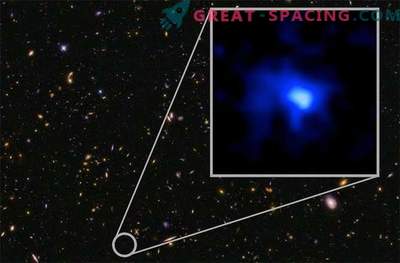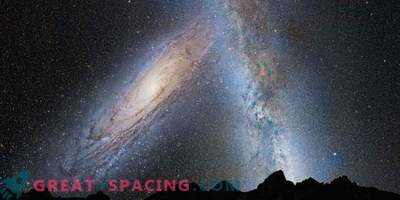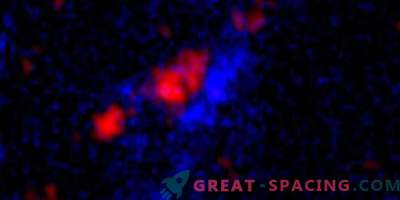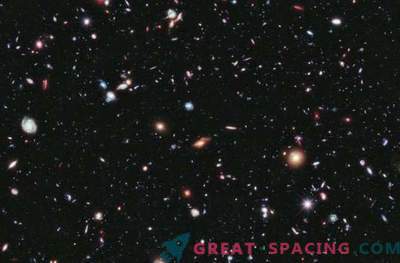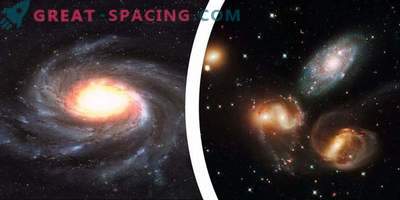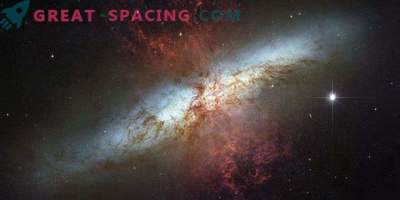
Astronomers made a census of distant spiral galaxies in order to understand what our Milky Way looked like in the distant past, and also to reveal some secrets of the evolution of our Solar System.
Exploring the nearly 2,000 spiral galaxies that can be observed through the Hubble Space Telescope and other space and ground telescopes with properties similar to the Milky Way, we not only received valuable information about how our galaxy looked in the past, but also learned that our The sun, apparently, was formed late.
In the future, scientists plan to look even deeper into the universe. Studying a galaxy at a distance of 1,000,000,000 light-years, we look at the Universe, which is 1,000,000,000 years younger than it is now. So, studying galaxies located at different distances from us, we can observe how our galaxy evolved.
"This study will help us understand what the Milky Way was like in the past," said Casey Papovich of Texas A & M University College Station, who is the lead author of the study published April 9 in The Astrophysical Journal. "It shows that these galaxies have undergone large changes in stellar mass over the past 10 billion years, which confirms the theory of their growth. And most of the growth of stellar mass occurred in the first 5 billion years." However, our Sun only began to form about 5 billion years ago. This means that our star was formed when the peak of star birth in the galaxy has already passed. Of course, this is not so bad, and it may even become a key factor why our star system has a rich variety of planets and chemical elements.
While our Sun began to form, several generations of stars had already changed, some of which died as supernovae. Supernovae, in combination with other stellar processes, formed elements heavier than hydrogen and helium — elements that are necessary to form metallic rich stars and, as a result, rocky worlds revolving around them.
In addition to the above, this study confirms our knowledge of how spiral galaxies are formed.
